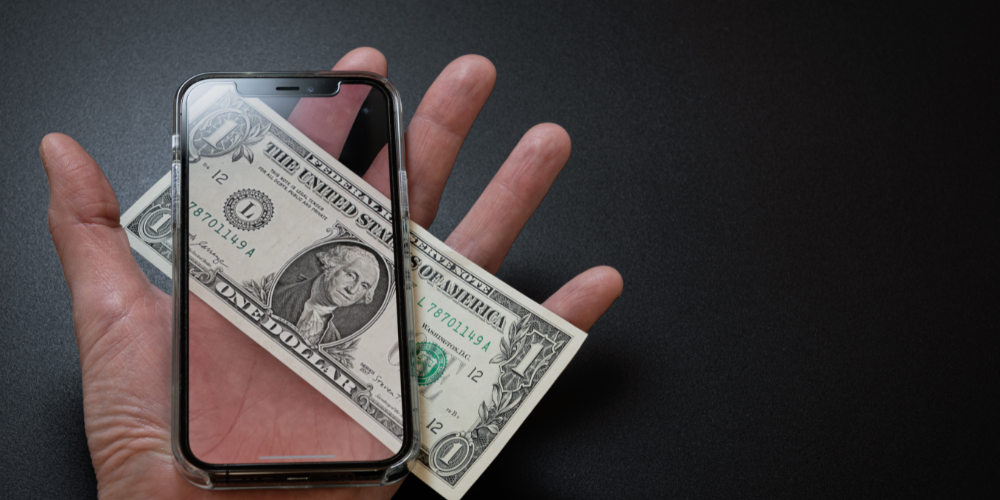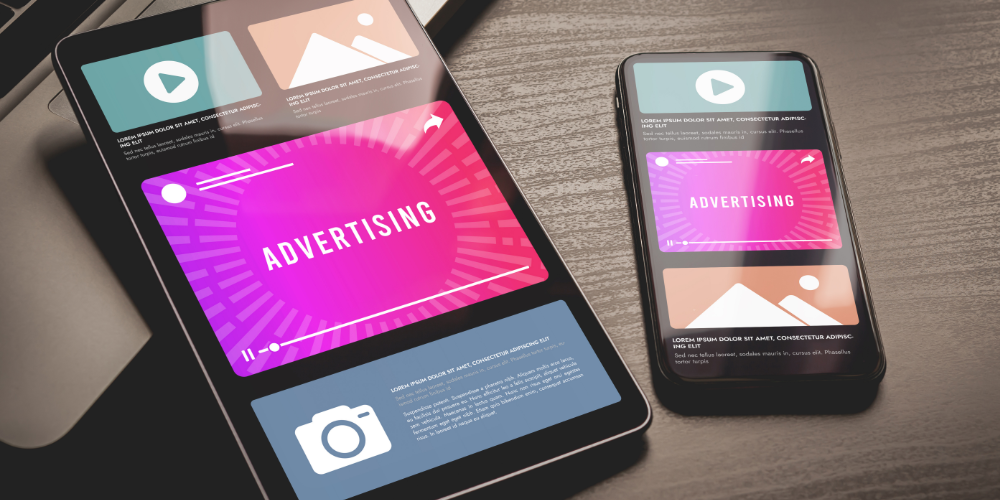19 Aug
Benjamin Carter

It's an undeniable fact that we live in a digital era where our lives are intertwined with technology, especially mobile apps. App stores are teeming with millions of free apps, offering a broad spectrum of services, entertainment, and utilities.
Despite being free, these apps often serve as a lucrative source of income for developers. You might be wondering how this works; the answer lies in the various monetization strategies employed by these free apps. This article will cast light on the different methods that developers use to convert their free mobile apps into gold mines.
Advertisement: The Prime Monetization Strategy

The most prevalent monetization strategy implemented by free mobile apps is in-app advertising. In this model, app developers generate revenue by displaying third-party advertisements within their app. The advertisements can take various forms, such as banner ads, interstitial ads, video ads, or native ads. The revenue is usually calculated based on clicks, impressions, or installs.
Although in-app advertising can be a steady income source, it requires a significant number of active users to be profitable. Furthermore, excessive or intrusive advertisements can harm the user experience and lead to app uninstallation. Therefore, it's crucial for developers to strike a balance between monetization and user experience when using this strategy.
Freemium: The Balance Between Free and Premium

Another popular monetization strategy is the freemium model, which offers basic features for free while charging for premium features or content. The freemium model is commonly employed in games, productivity apps, and music or video streaming apps. Users are given access to the basic app for free, but they need to pay to unlock advanced features, remove ads, or access exclusive content.
This model can effectively drive revenue if the premium features offer significant value that entices users to upgrade. However, developers must ensure that the free version is functional and engaging enough to retain users and motivate them to consider upgrading.
In-app Purchases: The Direct Revenue Stream

In-app purchases are another common way free apps make money. This strategy involves selling virtual or physical goods within the app. These purchases can include game currency, extra lives or levels in games, premium content, or subscription services. In-app purchases can be a highly effective monetization strategy, particularly for gaming apps. However, this model relies heavily on the app's ability to engage users and drive them to make purchases. Additionally, developers need to be aware of the commission fees that app stores charge on in-app purchases, which can impact their revenue.
Partnerships and Sponsorships: The Collaborative Approach
Last but not least, partnerships and sponsorships can serve as a viable monetization strategy for free mobile apps. This approach involves collaborating with other businesses for mutual benefit. For instance, an app could partner with a company to offer users exclusive discounts or rewards, driving user engagement and serving as a promotional platform for the partner company. Alternatively, apps can establish sponsorships with advertisers, where the advertiser pays to have their ad displayed prominently within the app. This strategy can generate significant revenue, especially for apps with a large and engaged user base. However, developers need to ensure that the partnerships and sponsorships align with their app's brand and audience to maintain user trust and satisfaction.
In conclusion, free mobile apps have a myriad of monetization strategies at their disposal, each with its unique advantages and challenges. It's up to the developer to choose the most suitable strategy based on their app's nature and target audience. By striking a balance between monetization and user experience, developers can successfully turn their free apps into profitable ventures.
